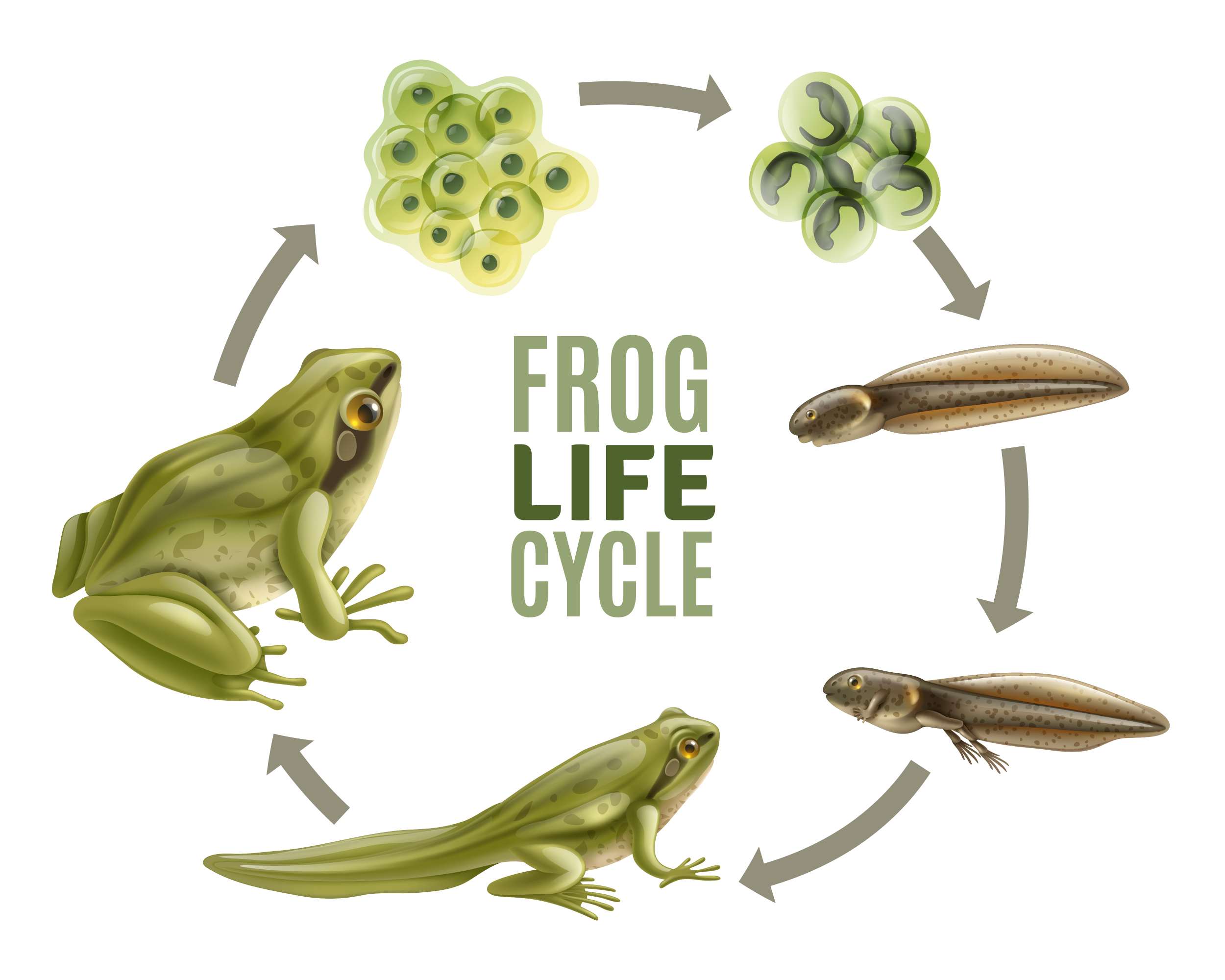Introduction:
Animals are no different than other species in needing reproduction in order to survive through generation. Animals reproduce in a variety of ways, but sexual and asexual reproduction are the two main types. In this article, we’ll look at the various reproductive organs and procedures used by animals in their various modes of reproduction.
Modes of Reproduction
Besides sexual reproduction, asexual reproduction is also a seen in animals. Asexual reproduction leads to offspring produced without fertilization of male and female gametes while sexual reproduction involves joining the gametes of two individuals to create a zygote.
Sexual Reproduction
The most typical method of animal reproduction is sexual reproduction. A diploid zygote is created by the joining of haploid gametes. In animals, the male and female produce the sperm and egg separately. In order for a species to adapt to changing environments, sexual reproduction promotes genetic diversity. Producing and maintaining gametes, however, also consumes a significant amount of energy and nutrients . The risk of parasites and sexually transmitted diseases also rises as a result of sexual reproduction.
Human Reproductive System.
In order to study and understand human reproduction, we need to study both male and female reproductive systems
Human Male Reproductive System
A pair of testes where sperms are produced and stored make up the male reproductive system in the majority of animals including humans. The sperm then pass through the urethra, vas deferens, and epididymis before being released during ejaculation. During sexual activity, the penis is the organ used to transfer sperm into the female reproductive system.
Human Female Reproductive System
Compared to the male reproductive system, the female reproductive system is more complex. It has two ovaries, each of which produces and releases eggs that are then carried to the uterus by the fallopian tubes. The fertilized egg implants and grows into a fetus in the uterus. The lower portion of the uterus where the vagina is opened is known as the cervix. Hormonal signals, which control the ovulation cycle and menstrual cycle in females, have an impact on the female reproductive system. Additionally, the uterus’s preparation for implantation and the pregnancy’s maintenance are aided by these hormonal signals. Although infertility, irregular periods, and other reproductive disorders can result from hormonal imbalances.
Fertilization
A sperm cell and an egg cell join together during fertilization to make a zygote. After sexual intercourse, this process takes place in the female reproductive system. After being fertilized, the egg embeds itself in the uterine wall, where it starts to develop into an embryo.Fertilization can be internal or external.
Internal Fertilization and External Fertilization
In most of the animals like humans and cattle fertlization occurs inside the body of female. This type of fertilization is called internal fertlization.
Fertilization takes place externally in some animals, like fish and amphibians. This indicates that the male and female release their gametes into the surrounding water, where they mate and create a zygote. The zygote then grows into an embryo outside of the body.
Although internal fertilization takes place in some animals, like sharks and rays, the female still lays the fertilized eggs outside of her body. This is referred to as oviparity with internal fertilization. Other animals, like monotremes, fertilize the egg internally, but the egg hatches outside of the body. This is referred to as oviparity with external fertilization.
Viviparous and Oviparous Animals
Animals can also be divided into groups according to how they give birth. Oviparous animals lay eggs, whereas viviparous animals give birth to live young. Birds and reptiles are typically oviparous, whereas mammals are typically viviparous. The way that some fish and reptile species give birth can change depending on the environment, such as temperature. As an illustration, some species of lizards are viviparous in warmer climates but oviparous in cooler climates. The exchange of nutrients and waste materials between the mother and fetus during development between mammals involves the placenta in a crucial way.
Life Cycle of Frog
A great instance of the various phases of animal reproduction is the frog’s life cycle. Frogs begin as eggs that are laid in water. Tadpoles, which are aquatic and breathe through gills, emerge from the eggs. The tadpole transforms as it grows, gaining legs and lungs before becoming a fully grown frog. Tadpoles go through a lengthy process of metamorphosis to become frogs, which involves the development and differentiation of numerous different tissues and organ systems. Tadpole stages can last anywhere from one day to several weeks, depending on the species and environmental conditions like temperature and food availability.

Asexual Reproduction
Asexual reproduction is the birth of offsprings without fertilization. Simpler organisms like bacteria, protists, and some invertebrates frequently exhibit this process. Asexual reproduction takes place in the freshwater animal hydra through budding, in which a new individual develops from the parent’s body. Asexual reproduction takes place by fission in amoebas.
Since it doesn’t require the need of gametes or the energy and nutrients associated with mating, asexual reproduction is a more effective method of reproduction. It can also reduce genetic diversity and adaptability, which makes it less useful in dynamic environments.

